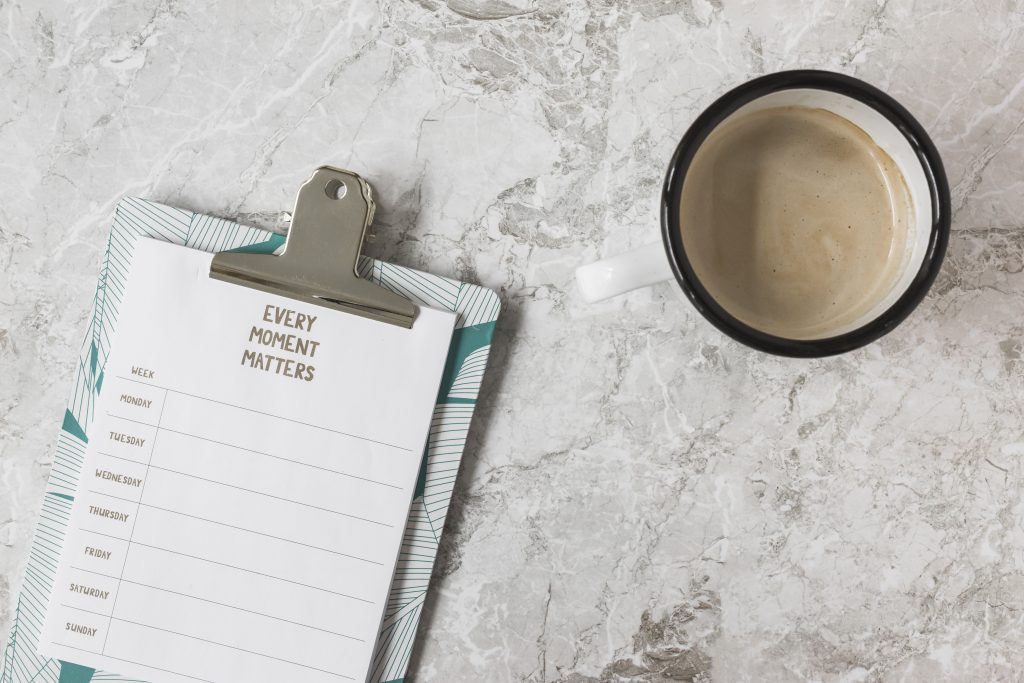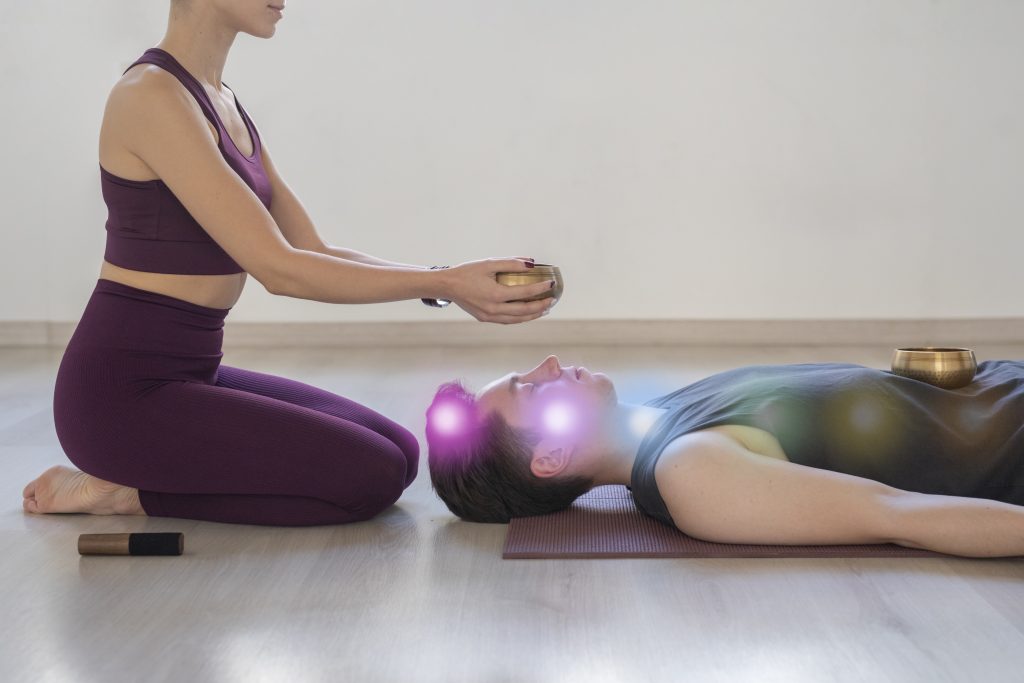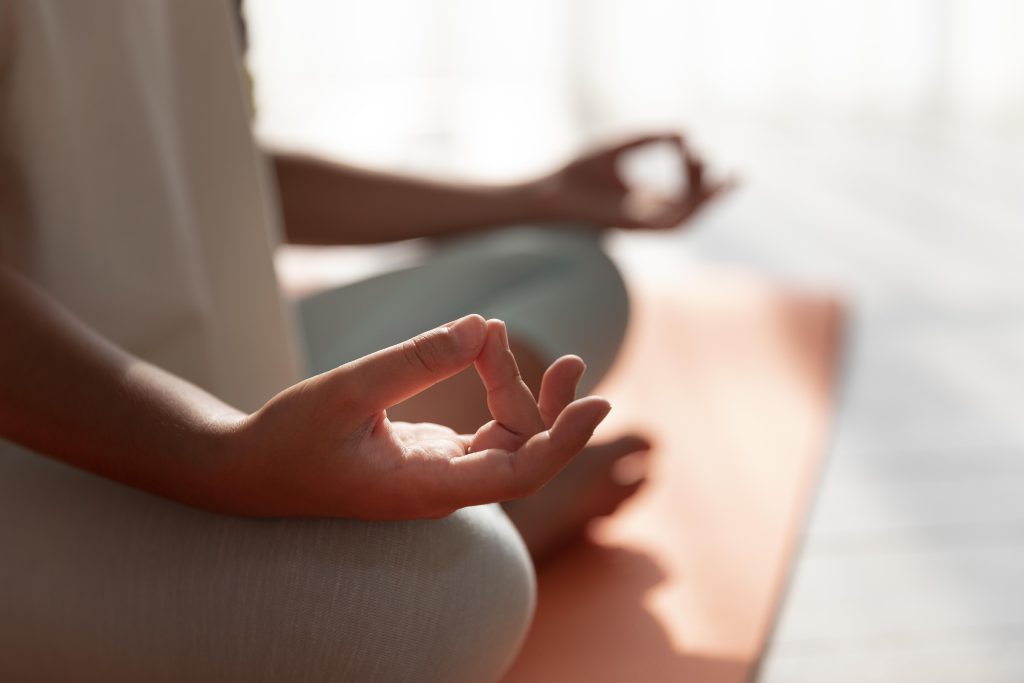Anxiety is a natural part of the human experience, but when it begins to interfere with your daily functioning and well-being, it’s time to develop effective management strategies. As a clinical psychologist specializing in anxiety disorders, I’ve seen firsthand how the right techniques can transform overwhelming anxiety into manageable challenges.
“We think we listen, but very rarely do we listen with real understanding, true empathy. Yet listening, of this very special kind, is one of the most potent forces for change that I know.”
— Carl Rogers
This quote reminds us that truly understanding our anxiety — listening to what it’s telling us with compassion rather than judgment — can be the first step toward meaningful change. Let’s explore ten evidence-based techniques that can help you manage anxiety in your daily life.
1. Practice Mindful Breathing
When anxiety strikes, our breathing often becomes shallow and rapid, triggering the body’s stress response. Mindful breathing counteracts this physiological reaction.
How To Practice: Set aside five minutes each day to focus solely on your breath. Inhale slowly for a count of four, hold for one, and exhale for a count of six. Place one hand on your chest and another on your abdomen, ensuring that your diaphragm (not just your chest) expands with each breath.
The beauty of this technique lies in its accessibility — you can practice it anywhere, anytime anxiety begins to rise, grounding yourself in the present moment rather than becoming lost in anxious thoughts about the future.

2. Implement Cognitive Restructuring
Anxiety often stems from irrational thought patterns that occur automatically. Cognitive restructuring helps identify and challenge these thoughts.
How To Practice: When you notice anxiety building, pause and identify the underlying thought. Ask yourself:
- “Is this thought based on facts or assumptions?”
- “What evidence contradicts this thought?”
- “How would I advise a friend with this same thought?”
By systematically examining and reframing negative thought patterns, you can gradually change your relationship with anxiety-provoking situations.
3. Create a Structured Routine
Uncertainty fuels anxiety, while structure provides a sense of control and predictability. Establishing daily routines can significantly reduce background anxiety.
How To Practice: Develop a consistent sleep schedule, regular meal, and designated work periods. Include time for both responsibilities and enjoyable activities. Use a planner or digital calendar to visualize your day, reducing the mental load of decision-making that can trigger anxiety.

4. Engage in Regular Physical Exercise
Exercise isn’t just beneficial for physical health —it’s a powerful anxiety reducer that triggers the release of endorphins and reduces stress hormones.
How To Practice: Find movement that you enjoy, whether it’s walking, swimming, dancing, or yoga. Aim for at least 30 minutes of moderate activity most days of the week. Even short 10-minute bursts of movement throughout the day can help reduce anxiety levels and improve your overall mood.
5. Practice Progressive Muscle Relaxation (PMR)
Physical tension and anxiety are deeply interconnected. PMR helps break this cycle by systematically tensing and relaxing different muscle groups.
How To Practice: In a comfortable position, start with your feet and work upward. Tense each muscle group for five to 10 seconds, then release completely for 20-30 seconds, noticing the contrast between tension and relaxation. Regular practice strengthens your ability to recognize and release physical tension before it intensifies anxiety.

6. Establish Healthy Boundaries
Many people with anxiety struggle with setting boundaries, leading to overwhelming commitments and resentment. Learning to establish clear limits can significantly reduce anxiety.
How To Practice: Start small by identifying one area where you need a boundary (perhaps declining additional work tasks or limiting social media time). Practice clear, direct communication without over-explaining your decision. Remember that saying “no” to some things allows you to say “yes” to your mental well-being.
7. Develop a “Worry Time” Practice
Constant worrying exhausts the mind and intensifies anxiety. Scheduling a specific “worry time” helps contain anxious thoughts while acknowledging their importance.
How To Practice: Designate 15-20 minutes each day as your official “worry time.” When anxious thoughts arise outside this period, briefly note them to address later. During your scheduled worry time, review these concerns, problem-solve where possible, and practice acceptance for issues beyond your control.
8. Cultivate Present-Moment Awareness
Anxiety thrives when we’re mentally time-traveling to past regrets or future fears. Present-moment awareness counteracts this tendency.
How To Practice: Several times throughout your day, pause and engage your senses. Notice five things you can see, four things you can touch, three things you can hear, two things you can smell, and one thing you can taste. This “5-4-3-2-1” technique quickly anchors you to the present moment, where anxiety holds less power.
9. Limit Anxiety-Inducing Inputs
The information we consume significantly impacts our anxiety levels. Constant exposure to negative news, social media comparisons, and stimulants like caffeine can heighten anxiety.
How To Practice: Audit your consumption habits. Consider:
- Setting specific times to check news rather than constant monitoring.
- Curating social media feeds to minimize exposure to anxiety-triggering content.
- Reducing caffeine, alcohol, and other substances that can mimic or worsen anxiety symptoms.
- Creating tech-free zones or times in your home.
10. Seek Professional Support
Perhaps the most important technique is knowing when to seek help. Anxiety management isn’t something you should have to navigate alone.
How To Practice: Reach out to a mental health professional who specializes in anxiety disorders. Evidence-based therapies like cognitive behavioral therapy (CBT) provide structured approaches to anxiety management with proven effectiveness. A trained therapist can tailor techniques to your specific anxiety triggers and patterns.

Building Your Personal Anxiety Management Tool Kit
The most effective approach to anxiety management isn’t adopting all 10 techniques at once — it’s about finding the combination that works for your unique situation. Start with one or two strategies that resonate most strongly, practice them consistently, and gradually expand your tool kit.
Remember that managing anxiety is not about eliminating it completely. Anxiety, at appropriate levels, helps us respond to genuine threats and motivates preparation. The goal is to develop a healthier relationship with anxiety so it no longer controls your life but serves as an occasional, useful signal.
As you implement these techniques, treat yourself with patience and compassion. Like any skill, anxiety management improves with practice. Celebrate small victories and view setbacks as valuable learning opportunities rather than failures.
By combining traditional therapeutic approaches with practical, actionable strategies, you can transform your relationship with anxiety and move toward a more balanced, fulfilling life.
Dr. Puja Jaitly is a clinical psychologist who specializes in anxiety disorders, trauma, and mood disorders. She combines traditional therapy with a life-coaching mindset, helping clients set goals, overcome obstacles, and create meaningful change.
